As nights get longer in autumn, it’s time to dive into music production.
So, what makes a vocal recording dramatically different?
Instead of focusing on the highly anticipated “DC Servo Power Supply Build”, let’s discuss something more pressing for many: vocal recording.
This guide is packed with essential tips for streaming or sharing your singing, so be sure to read carefully until you’ve got it down!
When it comes to recording, many modern guitarists connect their instruments straight to a multi-effects processor or preamp, feeding it into a PC for editing in software.
It’s simple, quick, and allows for easy adjustments. But despite these advancements, capturing quality vocals remains just as challenging as ever.
Especially when you layer live vocals over a band mix, they often don’t sit right in the mix, sounding like they’re floating out of place (vocals are not blending well in the instrument sound).
Don’t just write this off with “the human voice isn’t an instrument.”
If vocals don’t blend, then it’s just a matter of making them blend.
There’s no need to change the natural quality of the vocals, but there are a few essential pieces of equipment for vocal recording that I’d like to introduce.
First up is the microphone preamp.
Without a quality preamp, it’s a non-starter.
These preamps boost the voice’s delicate sound to a level that can hold its own among instruments.
Next tool is the compressor.
For smoothing out volume disparities between quiet whispers and loud shouts, compressors are key.
They make the vocal sound more stable and consistent.
Next up is the de-esser.
This may be unfamiliar to some.
However, it’s a lifesaver for managing the overly pronounced ‘S’ sounds that a compressor amplifies.
Normally, these sounds are subtle, but once processed through a compressor, they can become harsh and stand out uncomfortably.
This tool keeps those sounds nicely subdued, making them much more pleasant to the ear.
Next is the enhancer.
Enhancers adjust harmonics to enrich the sound quality, adding depth to the bass and warmth to high-end details.
Unlike an equalizer, which can alter the original vocal tone, an enhancer preserves the voice’s natural quality, making it better suited for vocals.
Finally, we have the gate.
Using a mic preamp or compressor often amplifies even subtle noise, so a noise gate is essential for filtering it out.
When singing, background noise tends to be masked, so it’s not a big issue. But when there’s silence, hearing a ‘hiss’ can be distracting and unpleasant.
A noise gate suppresses this by cutting out any noise when you’re not singing, ensuring a cleaner recording.
These are the minimum essential pieces of equipment for vocal recording.
However, buying all of them would cost a fortune.
In a professional studio, these standard tools can come with prices that might make you weak in the knees.
But don’t worry.
dbx has released a 1U-sized processor that combines all of the above equipment.
It’s the 286S.
dbx / 286s Microphone Preamp/Compressor/Enhancer/De-Esser
You just need to connect your mic to the 286S and then connect the 286S to your PC or streaming interface.
It can create such a comfortable recording environment that you’ll forget all your previous worries.
I’ve actually used this 286S to create demo CDs for my band, and it’s been incredibly useful with its easy operation, high sound quality, affordability, and convenience.
Its cost effectiveness is outstanding, excelling in both sound quality and usability.
I have no intention of misleading you, but I genuinely want you to give it a try.
You won’t be disappointed. It’s definitely becoming an essential item, especially for streamers.
So, stay tuned for the next entry... DC Servo.





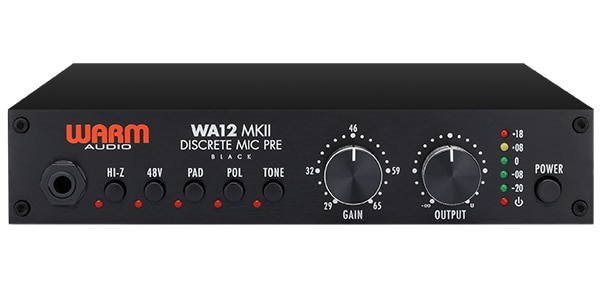
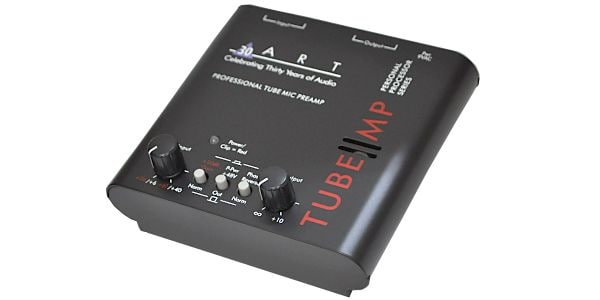
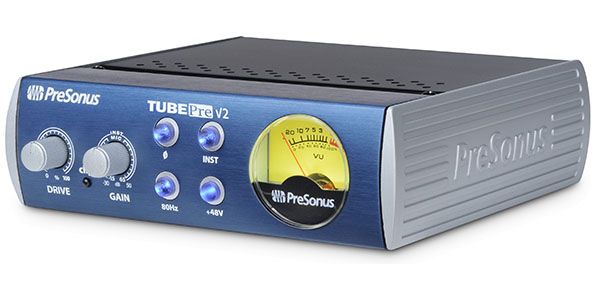
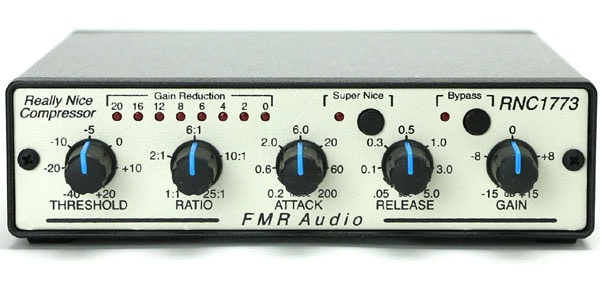
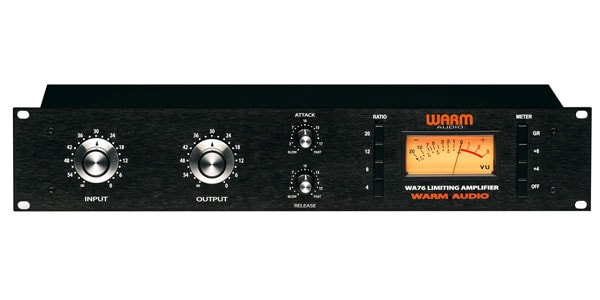
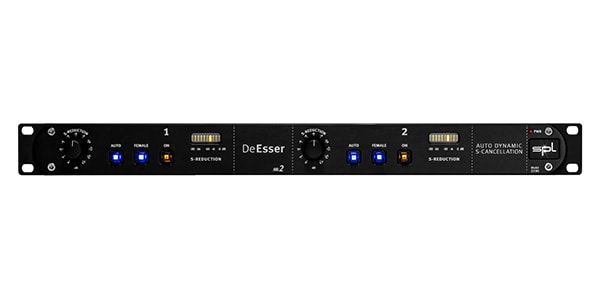
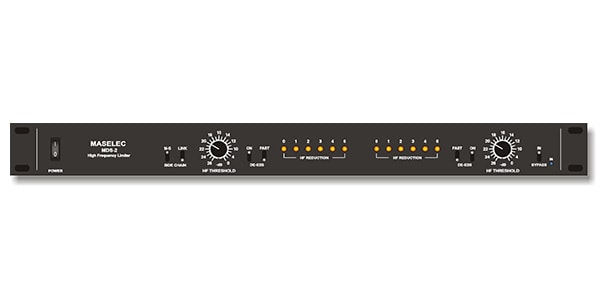
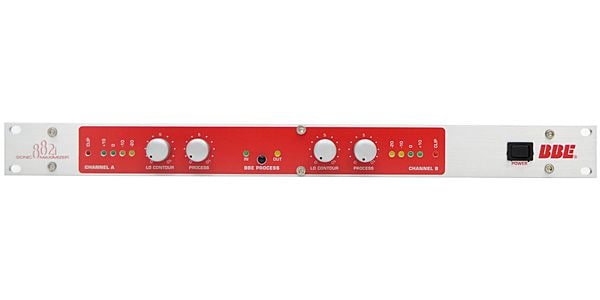
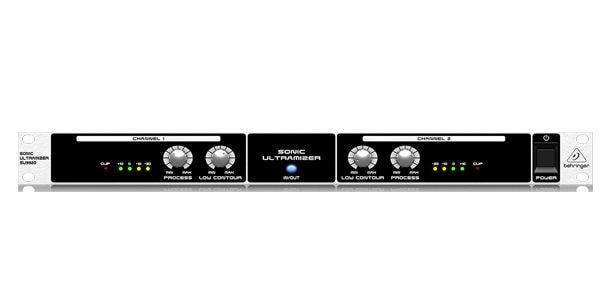
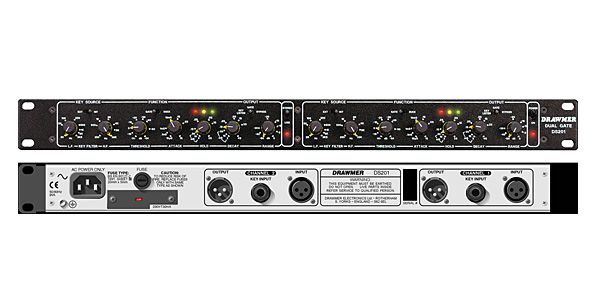
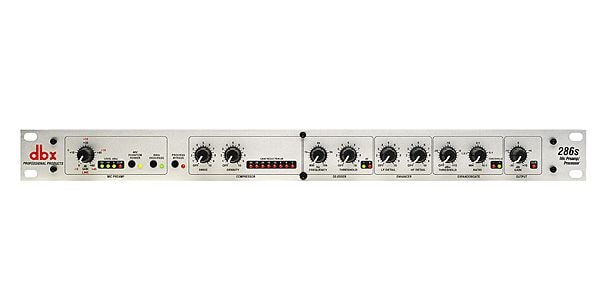












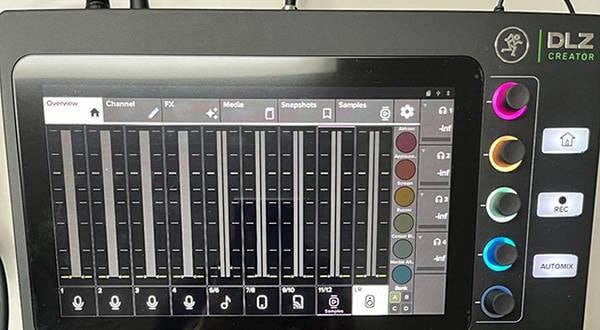
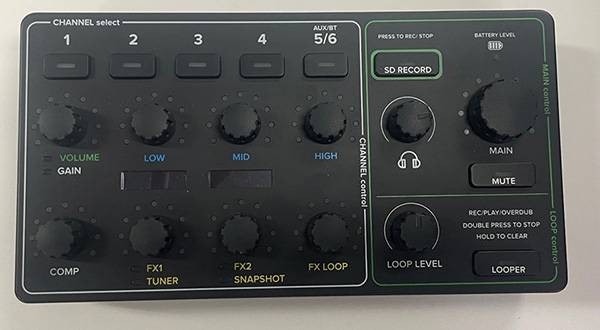
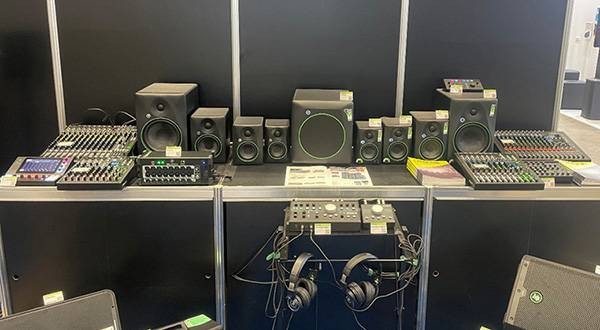

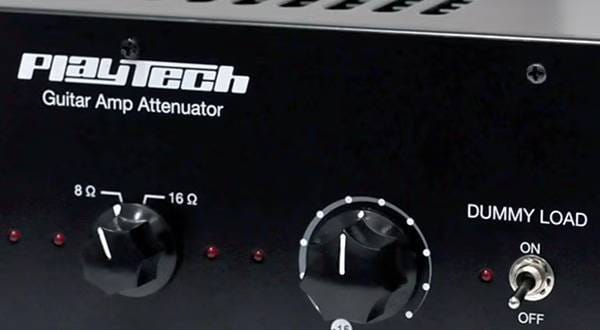
![[Add More Brilliance to Your Vocal Sound] In-Depth Review of the iZotope Nectar4](/contents/uploads/thumbs/2/2023/12/20231208_2_24887_1.jpg)
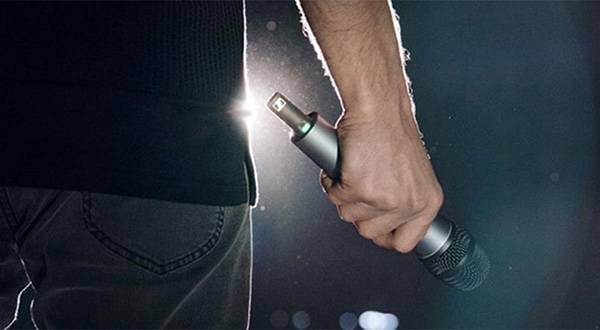
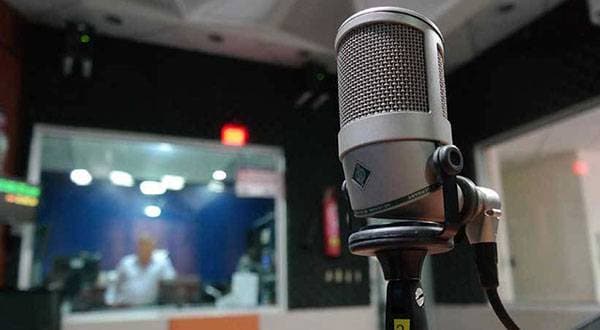
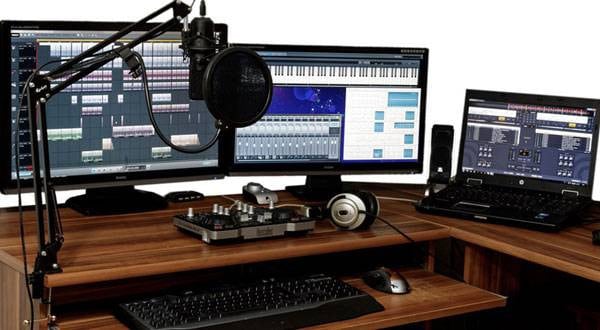


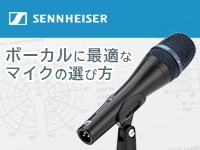 Sennheiser ボーカルに最適なマイクの選び方
Sennheiser ボーカルに最適なマイクの選び方
 タイプで選ぶ「良音」カラオケ配信機材
タイプで選ぶ「良音」カラオケ配信機材
 BOSS ボーカル・エフェクターのススメ
BOSS ボーカル・エフェクターのススメ
 カラオケ上達 ボイストレーニング
カラオケ上達 ボイストレーニング
 みんなでつくる 新・音楽用語事典
みんなでつくる 新・音楽用語事典
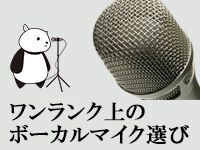 ワンランク上のボーカルマイク選び
ワンランク上のボーカルマイク選び















